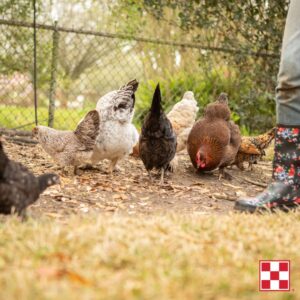 Summer Flock Care: How to Keep Chickens Cool! Summer is a time for fun, adventure and excitement – for both backyard chicken raisers and their flocks. To keep birds cool in the summertime, provide fresh, cool water for hydration, maintain chicken coop ventilation and choose a layer feed with the Purina® Oyster Strong® System to help your hens lay strong and stay strong.
Summer Flock Care: How to Keep Chickens Cool! Summer is a time for fun, adventure and excitement – for both backyard chicken raisers and their flocks. To keep birds cool in the summertime, provide fresh, cool water for hydration, maintain chicken coop ventilation and choose a layer feed with the Purina® Oyster Strong® System to help your hens lay strong and stay strong.
As humans, our habits change in the summer. We adapt to stay comfortable. By providing our backyard chickens the tools they need, they can also adapt and enjoy the sunshine. The summertime essentials are similar for both humans and backyard flocks: stay hydrated, protect yourself from the heat and maintain a complete and balanced diet.
Many people don’t realize that birds are unable to sweat. To cool down, they open their beaks and pant or spread their wings away from their bodies. If these cooling strategies are not enough, birds are more likely to become lethargic and may stop eating feed, which can lead to subsequent health challenges and reduced egg production.
We want to avoid these signs of heat stress by preventing problems before they begin. With the right care, birds will maintain their routines of foraging, pecking and chattering throughout the day.
Hydration is key: Provide the right chicken waterer
Staying hydrated in the summer is a clear choice for humans. As temperatures rise, a good rule for people to follow is to calculate half your body weight in pounds and drink the equivalent number of ounces of water.
For our backyard chickens, the practice should be similar: Clean, cool water is essential. Follow the general rule of providing 500 milliliters of fresh water per bird per day. This equates to one gallon for every seven adult birds.
Drinking water helps cool a chicken’s body temperature. In high temperatures, chickens will drink up to twice as much water as during temperate conditions. If birds do not have quality water, they are less likely to eat or lay eggs.
Here’s how to keep chickens cool through hydration:
- Provide extra waterers so each bird always has access.
- Place waterers in a shaded area to help keep the water cool and the coop dry.
- Offer fresh, cool water in the morning and evening.
- Freeze water in a storage container. Place the resulting ice in the chicken waterer in the morning to keep the water cool.
- Place marbles in waterers to prevent splashing.
- Wash waterers weekly with a mixture of 10 percent bleach and 90 percent water. Rinse thoroughly.
Chicken body temperature: Keep it in check
Think of your most recent day in the sun. You likely incorporated a few cooling practices to maintain an adequate body temperature and avoid heat stress.
A consistent body temperature is equally important for backyard flocks. Normal chicken body temperature is between 105 – 107 degrees Fahrenheit. If a bird’s body temperature climbs, it can cause a lasting strain. Create a cool and comfortable environment for your flock to enjoy.
Use these tips for keeping chickens cool and comfortable in warm weather:
- Provide shade by placing roofs on the run or shade cloths over the door. Add misters outside of the chicken coop that spray onto the roof or shade cover for evaporative cooling.
- Create adequate air flow to maintain chicken coop ventilation. Open all windows and roof vents to allow hot air and ammonia to escape. Add a small fan for air circulation.
- Swap solid chicken coop doors with screen doors and keep lights off during the day. Reduce bedding to two inches or less to avoid heat being trapped.
- Provide a peat moss dust bath for your backyard chickens to play in. If mites are a concern, switch to a mix of 90 percent peat moss, 10 percent diatomaceous earth.
- Avoid overcrowding by providing at least 4 square feet of indoor space and 5 – 10 square feet of outdoor space per bird.
What to feed chickens in the summer
It can be argued that fresh-from-the-garden fruits and vegetables, summertime snacks and potluck picnics are true summer highlights. But, no matter the treat, it’s important to maintain a balance.
Summer is perfect for spending time in the backyard with your flock and giving them a few indulgent snacks, but don’t forget the 90/10 rule: 90 percent complete feed and 10 percent healthy treats or snacks!
Choose a layer feed with the Purina® Oyster Strong® System to help your hens lay strong and stay strong. Which layer feed Oyster Strong® System is right for your flock?
To help keep your flock’s diet in balance:
- Give fresh complete chicken feed in the morning and evening in a shaded area, offering treats only after the flock has finished its complete feed.
- Offer cold or frozen fruits and vegetables as a summertime treat.
- Provide special treats such as Purina® Flock Block® or hen treats as a complement to a complete feed. Treats formulated specifically for birds can provide beneficial nutrients while keeping birds active.
- Offer oyster shell to help maintain calcium intake and eggshell quality when birds may be eating less due to heat.
- Provide at least six inches of feeder space per bird.
Summer heat tends to reduce feed intake, so the complete chicken feed should be the first dietary priority. When birds have a balanced diet, plenty of water and a cool, comfortable environment, they are better able to remain healthy and productive and enjoy a fun and peaceful backyard summer.
In conclusion, visit Kissimmee Valley Feed for poultry care!
Resources:
Patrick Biggs, Ph.D. for Purina Mills
 Temperatures are soaring into the 90s and 100s and such intense heat is not only dangerous for humans but for pets as well. The American Animal Hospital Association (AAHA) offers a few tips to protect pets during summer heat waves.
Temperatures are soaring into the 90s and 100s and such intense heat is not only dangerous for humans but for pets as well. The American Animal Hospital Association (AAHA) offers a few tips to protect pets during summer heat waves.




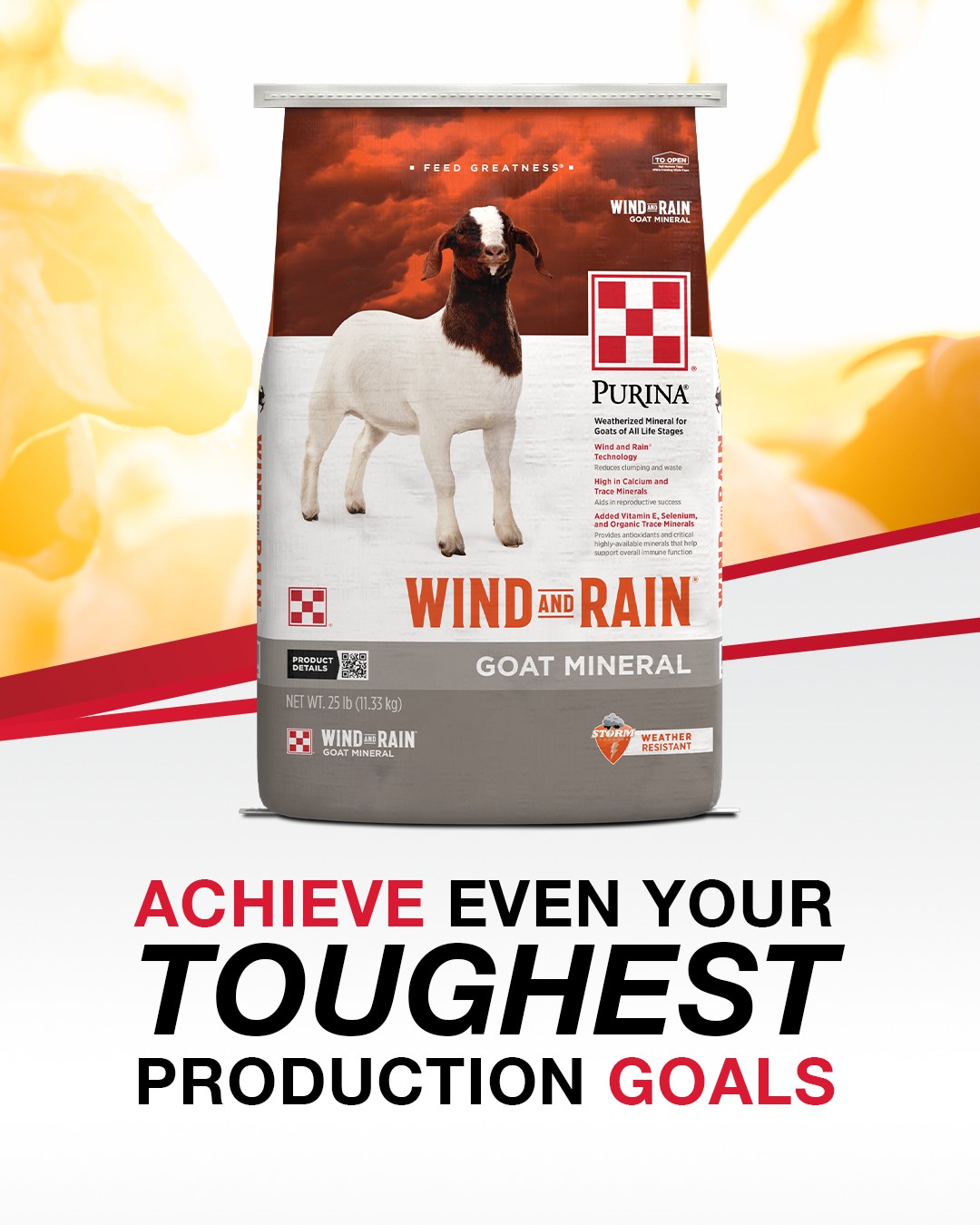 Purina Wind and Rain Sheep & Goat Mineral has been added to the shelves at the
Purina Wind and Rain Sheep & Goat Mineral has been added to the shelves at the 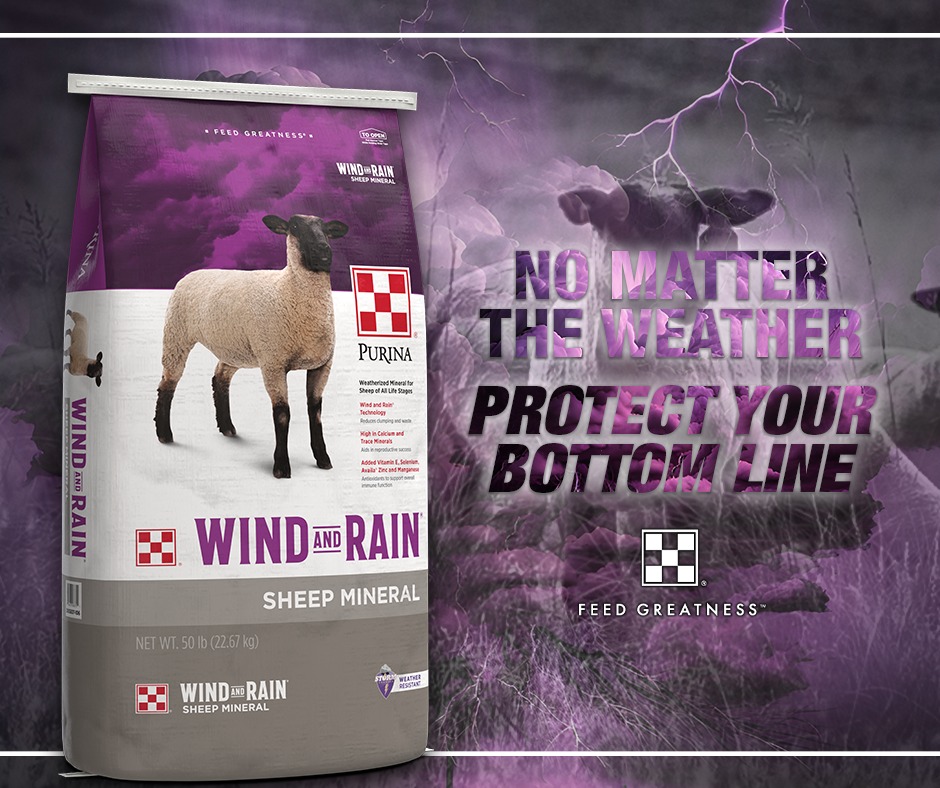
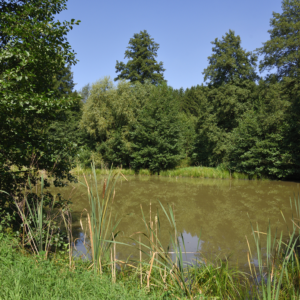 Preparing Your Pond for Summer: Summer brings warmth, sunshine, and longer days, making it the perfect season to enjoy the beauty and tranquility of your backyard pond. Whether you’re a seasoned pond owner or new to the aquatic scene, preparing your pond for summer is crucial to ensure a healthy and vibrant ecosystem. We’ve got a full list of tips and best practices to help you maintain a thriving pond throughout the summer months.
Preparing Your Pond for Summer: Summer brings warmth, sunshine, and longer days, making it the perfect season to enjoy the beauty and tranquility of your backyard pond. Whether you’re a seasoned pond owner or new to the aquatic scene, preparing your pond for summer is crucial to ensure a healthy and vibrant ecosystem. We’ve got a full list of tips and best practices to help you maintain a thriving pond throughout the summer months.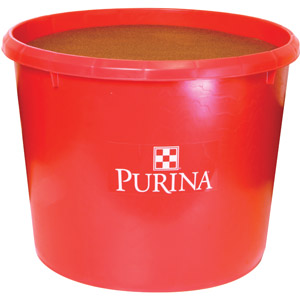 Come Rain or Shine: Altosid IGR Field Study – Much like the weather, fly populations can be a bit unpredictable during certain times of year. That’s often been the case with horn flies on pasture cattle. Populations have been known to rise after heavy rainfall events. This has created some mild concerns as producers question whether their feed-through fly control products are working effectively. To learn more,
Come Rain or Shine: Altosid IGR Field Study – Much like the weather, fly populations can be a bit unpredictable during certain times of year. That’s often been the case with horn flies on pasture cattle. Populations have been known to rise after heavy rainfall events. This has created some mild concerns as producers question whether their feed-through fly control products are working effectively. To learn more,  Summer Flock Care: How to Keep Chickens Cool! Summer is a time for fun, adventure and excitement – for both backyard chicken raisers and their flocks. To keep birds cool in the summertime, provide fresh, cool water for hydration, maintain chicken coop ventilation and choose a layer feed with the Purina® Oyster Strong® System to help your hens lay strong and stay strong.
Summer Flock Care: How to Keep Chickens Cool! Summer is a time for fun, adventure and excitement – for both backyard chicken raisers and their flocks. To keep birds cool in the summertime, provide fresh, cool water for hydration, maintain chicken coop ventilation and choose a layer feed with the Purina® Oyster Strong® System to help your hens lay strong and stay strong.